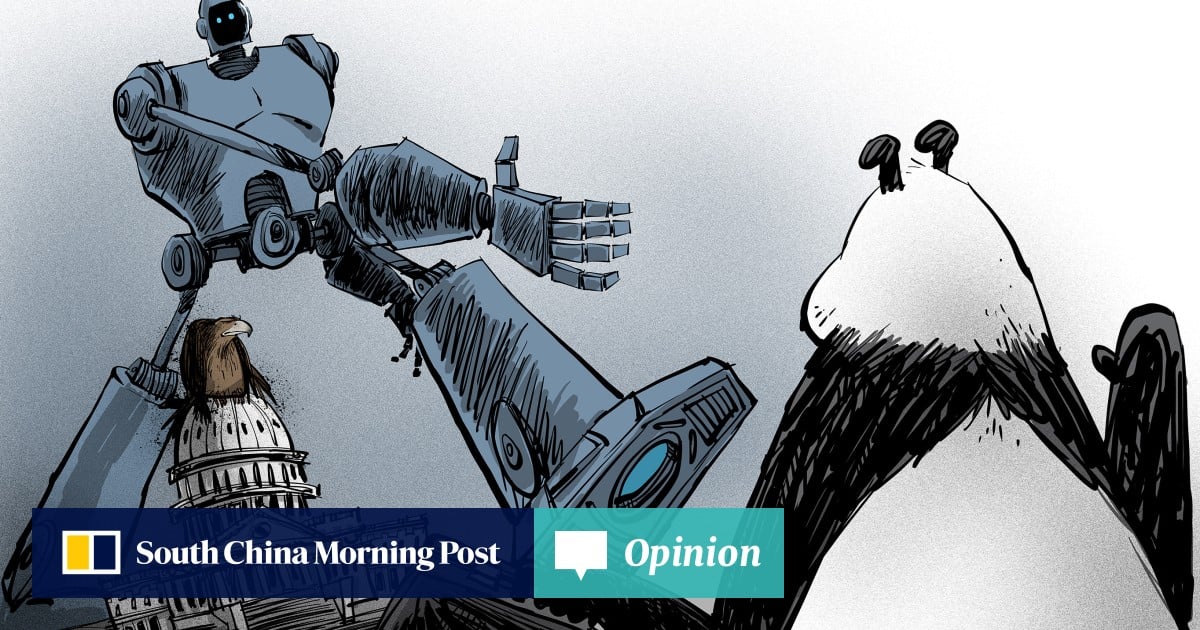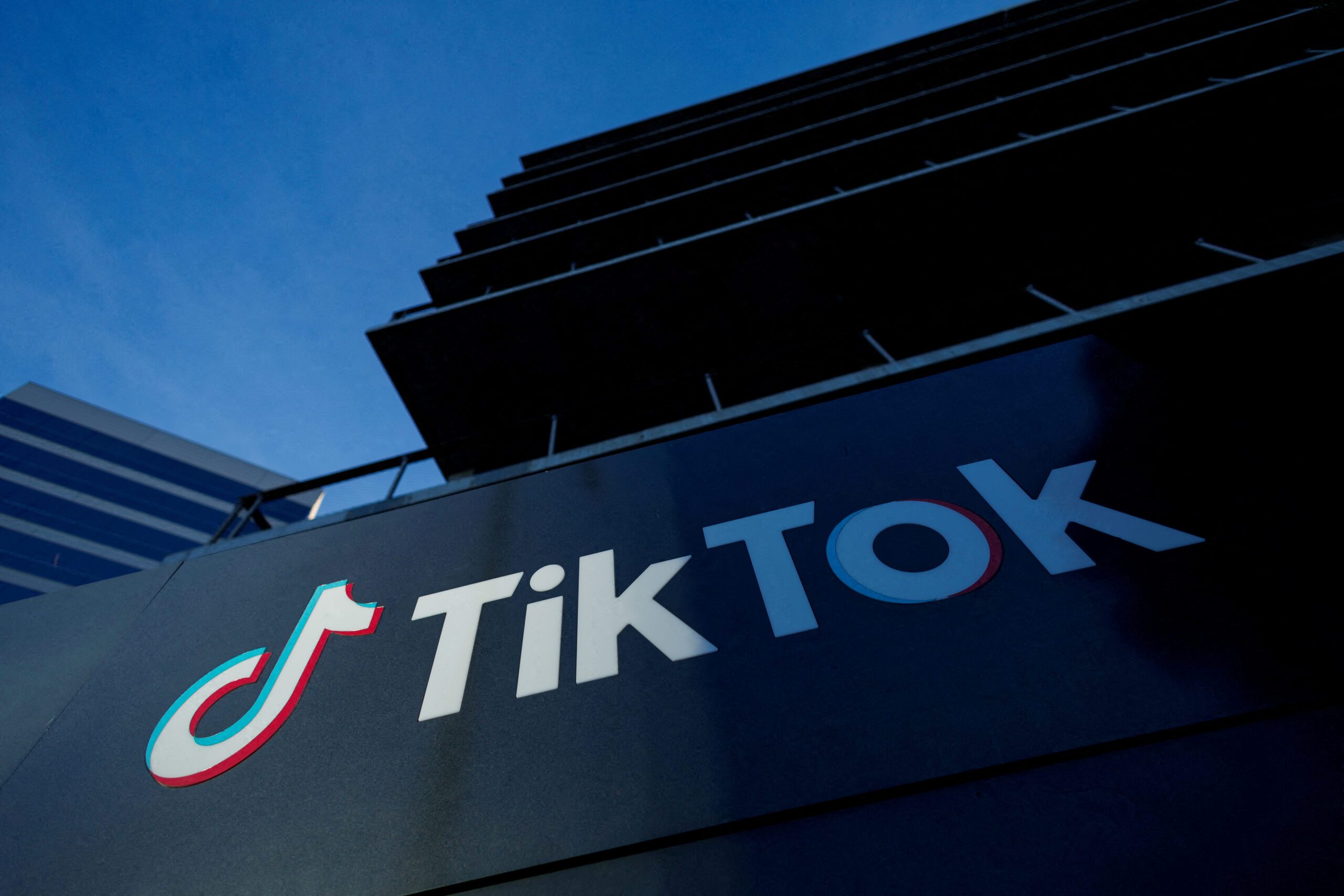Multiple bitcoin mining companies are moving their operations out of China after government crackdowns. China’s central bank released the country’s first white paper on digital yuan. And Chinese artist Cai Guo-Qiang sold a non-fungible token (NFT) artwork for $2.5 million.
Crypto miners continue to exit
Blockchain
headlines
The world of blockchain moves fast, and nowhere does it move faster than China. Here’s what you need to know about China’s block-world in the week of July 14 to July 20.
Bitcoin mining giant BIT Digital plans to relocate 14,500 of its Bitcoin mining computers from China to the US. The firm suspended all mining in China on June 21 in the wake of a Chinese government crackdown on mining, and accelerated a migration from China to the US that began last October. At least two other mining companies with operations in China, The9 City and BIT Mining, have similar plans to move mining rigs out of the country. (The Block)
First digital yuan white paper
China’s central bank published the country’s first digital yuan white paper on July 16. The document made clear that the Chinese central bank is the sole issuer of the national digital currency. It emphasizes digital yuan’s primary purpose lies in retail and individual transactions, as opposed to in large-sum interbank transactions. To date, trial participants have spent 34.5 billion digital yuan ($5.3 billion). (TechNode)
Even more NFTs
Renowned Chinese artist Cai Guo-Qiang sold his first piece of NFT artwork for $2.5 million (RMB 16.2 million) at a July 16 auction. The artist claims that the sale set a record for NFT art made by a “non-crypto artist.” Crypto artists have sold NFTs for more than 25 times this price. Transient Eternity: 101 Ignitions of Gunpowder Paintings captures the detonations of 101 of Cai’s explosive artworks. Cai is known for including gunpowder and fire elements in his work. (Cai Guoqiang Studio, in Chinese)The South China Morning Post, a Hong-Kong based English media owned by Alibaba, announced plans for a new NFT standard called ARTIFACT. The publisher plans to use the standard to place tokenize archival stories about historic events. (SCMP)
Read More





